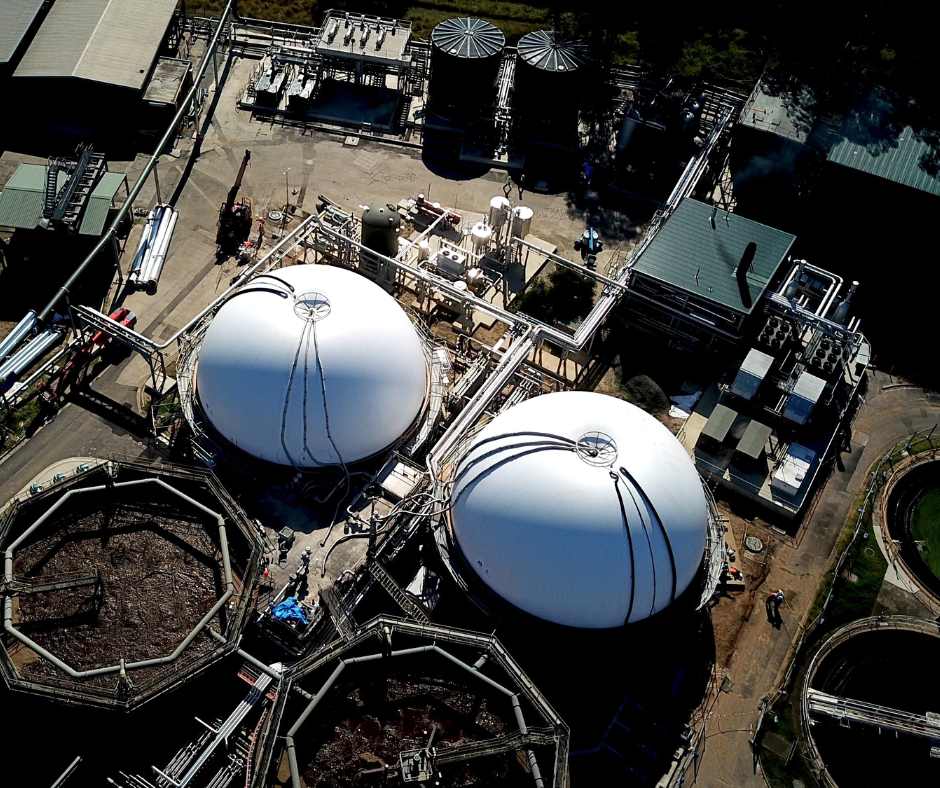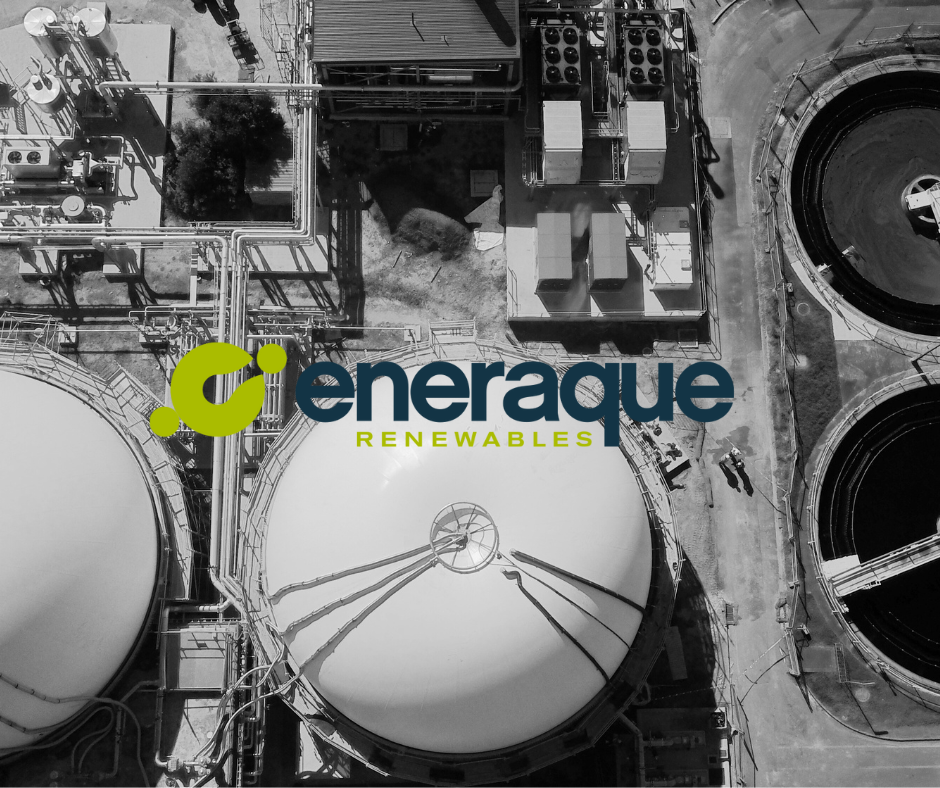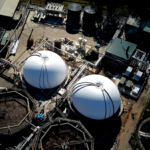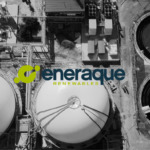Our cutting-edge anaerobic digestion equipment solutions are where innovation meets sustainability. Discover a comprehensive range of advanced systems designed to harness the power of anaerobic digestion and transform organic waste into a valuable resource. Whether you’re seeking efficient solutions for waste management, biogas production, or nutrient-rich fertiliser generation, our state-of-the-art equipment promises to revolutionise your approach to renewable energy and environmental conservation. Join us on the journey towards a greener future with technology that not only maximises resource recovery but also minimises your carbon footprint.
What is Anaerobic Digestion?
Anaerobic digestion is a natural biological process that occurs in the absence of oxygen, during which microorganisms break down organic materials, such as food waste, agricultural residues, and sewage sludge, to produce biogas and nutrient-rich digestate. This process takes place in a controlled environment, typically within anaerobic digesters or biogas plants. As organic matter decomposes, complex organic compounds are broken down into simpler molecules by a consortium of microorganisms, including bacteria and archaea. The primary outputs of anaerobic digestion are biogas, which is composed mainly of methane (CH4) and carbon dioxide (CO2), and digestate, a nutrient-rich material that can be used as a fertiliser. Anaerobic digestion not only provides a sustainable way to manage organic waste but also generates renewable energy in the form of biogas, which can be used for heat, electricity, and even vehicle fuel.
Eneraque Renewables: Anaerobic Digestion Technology.
Anaerobic Digester: The heart of the anaerobic digestion process, this tank or vessel provides an oxygen-free environment where microorganisms can break down organic materials. There are various types of digesters, including continuous stirred-tank reactors (CSTR), plug flow reactors, and more.
Feedstock Handling System: This equipment prepares and introduces the organic feedstock (such as food waste, agricultural residues, or sewage sludge) into the digester. It can include shredders, grinders, and pumps to ensure the feedstock is properly processed and mixed.
Mixing System: Efficient mixing is crucial to maintain uniform conditions within the digester, promoting microbial activity and preventing stratification. Mechanical mixers or gas recirculation systems are often used for this purpose.
Heating System: Anaerobic digestion is temperature-sensitive, and maintaining the appropriate temperature range is essential for optimal microbial activity. Heating systems, such as heat exchangers, boilers, or even solar panels, help control the temperature within the digester.





